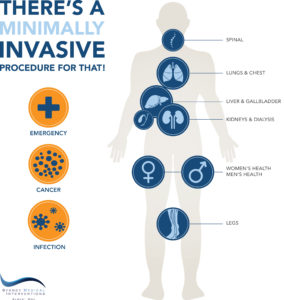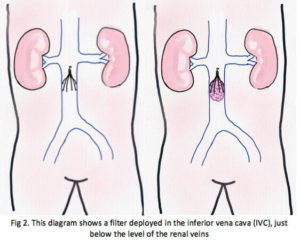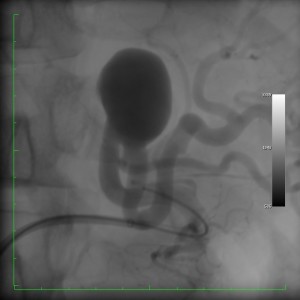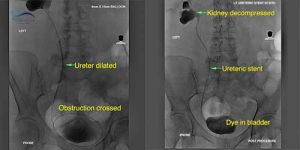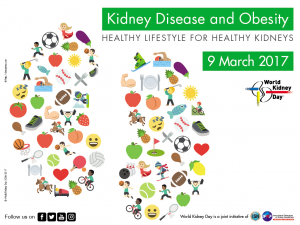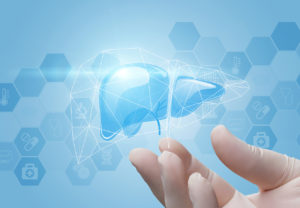
De-Livering Tumours With Embolisation
If you’ve known anyone with liver cancer, you may know it can be a tricky cancer to treat. Often by the time it’s diagnosed, it has progressed so far it cannot be removed surgically.
However, there are still options for treatment, thanks to Interventional Radiology. In fact, Interventional Radiology may also enable “non-operative” patients to become operative candidates
Embolisation for liver cancer: How it works
Embolisation is a liver cancer treatment that shrinks tumours
by using their blood supply against them. The procedure has been successful in patients who have inoperable primary (arising from the liver) or secondary (spreading to the liver from another location) tumours, as well as patients who need a break between chemotherapy treatments.
Embolization involves injecting substances into the blood ... READ MORE


